
Leonard Michael Maltin is an American film critic, film historian, and author. He is known for his book of film capsule reviews, Leonard Maltin's Movie Guide, published annually from 1969 to 2014. Maltin was the film critic on Entertainment Tonight from 1982 to 2010. He currently teaches at the USC School of Cinematic Arts and hosts the weekly podcast Maltin on Movies. He served two terms as President of the Los Angeles Film Critics Association, and votes for films to be selected for the National Film Registry.
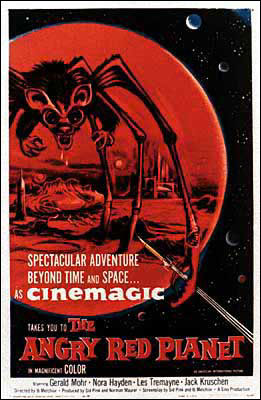
The Angry Red Planet is a 1959 American science fiction film directed by Ib Melchior and starring Gerald Mohr.
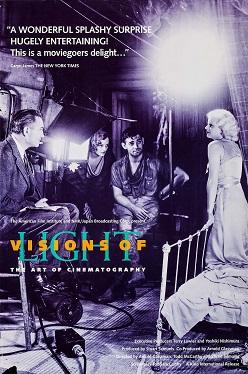
Visions of Light is a 1992 documentary film directed by Arnold Glassman, Todd McCarthy and Stuart Samuels. The film covers the art of cinematography since the conception of cinema at the turn of the 20th century. It features numerous filmmakers and cinematographers as interview subjects, presenting their views and discussing the importance of cinematography in the craft of filmmaking.
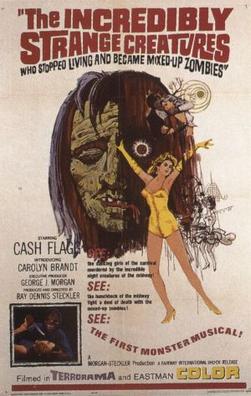
The Incredibly Strange Creatures Who Stopped Living and Became Mixed-Up Zombies is a 1964 American monster movie produced and directed by Ray Dennis Steckler. Steckler also starred in the film, billed under the pseudonym "Cash Flagg". Upon release, the film received negative reviews and is regarded by some critics as being one of the worst movies ever made. The film was lampooned in a 1997 episode of the cult sci-fi TV series Mystery Science Theater 3000.
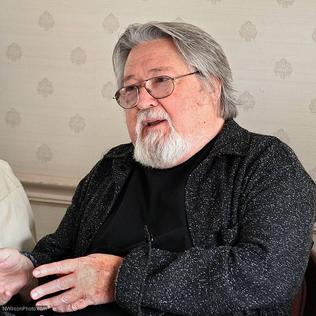
László KovácsASC was a Hungarian-American cinematographer who was influential in the development of American New Wave films in the 1970s, collaborating with directors including Peter Bogdanovich, Richard Rush, Dennis Hopper, Norman Jewison, and Martin Scorsese. Known for his work on Easy Rider (1969) and Five Easy Pieces (1970), Kovács was the recipient of numerous awards, including three Lifetime Achievement Awards. He was an active member of the American Society of Cinematographers and was a member of the organization's board of directors.

Inside Moves is a 1980 American drama film directed by Richard Donner from a screenplay by Valerie Curtin and Barry Levinson, based on the novel of the same name by Todd Walton. The film stars John Savage, David Morse, Diana Scarwid, and Amy Wright. At the 53rd Academy Awards, Scarwid was nominated for Best Supporting Actress for her performance.

Robinson Crusoe on Mars is a 1964 American science fiction film directed by Byron Haskin and produced by Aubrey Schenck that stars Paul Mantee, Victor Lundin, and Adam West. It is a science fiction retelling of the classic 1719 novel Robinson Crusoe by Daniel Defoe. The film was distributed by Paramount Pictures and filmed in Technicolor and Techniscope.
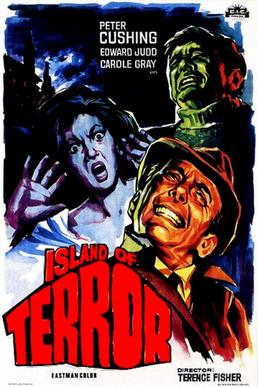
Island of Terror, also known as Night of the Silicates, is a 1966 British horror film released by Planet Film Productions. The film was released in the United States by Universal Studios on a double bill with The Projected Man (1967).

Yor, the Hunter from the Future is a 1983 science fiction fantasy film directed by Antonio Margheriti and starring Reb Brown, Corinne Cléry, Luciano Pigozzi, and John Steiner. The film was an Italian-French-Turkish co-production based on the Argentinian comic Yor the Hunter.

Equinox is a 1970 American supernatural horror film directed by Jack Woods, and starring Edward Connell, Barbara Hewitt, Frank Bonner and Robin Christopher. Though uncredited, producer Dennis Muren also served as a second director. The film focuses on four young people picnicking in a California canyon, where they stumble upon an ancient book used to conjure demons; soon they unleash a plethora of evil creatures.

Curly Sue is a 1991 American comedy drama film written, produced, and directed by John Hughes, and starring James Belushi, Kelly Lynch and Alisan Porter. It tells the story of a homeless con artist and his young orphan companion who gain shelter with a rich divorce lawyer. This was the final film directed by Hughes before his death in 2009. The film received generally negative reviews from critics.

The Sadist is a 1963 American thriller film written and directed by James Landis. It stars Arch Hall, Jr. as a psychopathic spree killer, patterned after Charles Starkweather, who takes a trio of hostages at a junkyard. The low-budget, independent film is notable for being the debut of future Academy Award-winning cinematographer Vilmos Zsigmond. It was distributed by Fairway International Pictures in the United States.
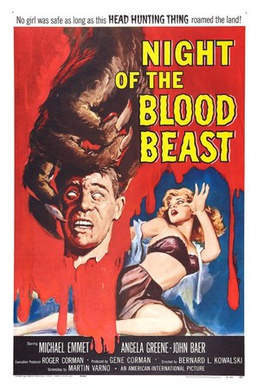
Night of the Blood Beast is a 1958 American science-fiction horror film about a team of scientists who are stalked by an alien creature, which implants its embryos in an astronaut's body during a space flight. Produced by exploitation filmmaker Roger Corman and his brother Gene, it was one of the first films directed by Bernard L. Kowalski and was written by first-time screenwriter Martin Varno, who was 21 years old. It starred several actors who had regularly worked with Roger Corman, including Michael Emmet, Ed Nelson, Steve Dunlap, Georgianna Carter and Tyler McVey. The film was theatrically released in December 1958 as a double feature with She Gods of Shark Reef.

The Night the World Exploded is a 1957 science fiction, disaster film. The film was written by Jack Natteford and Luci Ward, and directed by Fred F. Sears for producer Sam Katzman. Both Katzman and Sears were great exponents of the low-budget B film genre. The film was theatrically released on a double bill with The Giant Claw.
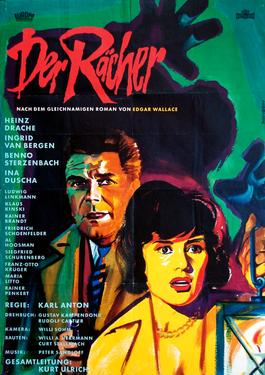
The Avenger is a 1960 West German crime film directed by Karl Anton and starring Heinz Drache, Ingrid van Bergen and Ina Duscha. It is based on the 1926 novel The Avenger by Edgar Wallace. It was shot at the Bavaria Studios in Munich. The film's sets were designed by the art director Willi Herrmann.
The Terror Within II is a 1991 American science fiction horror film and a sequel to the 1989 film The Terror Within. It is written and directed by star Andrew Stevens, and also stars R. Lee Ermey, Chick Vennera, Barbara Alyn Woods, Gordon Currie, and Stella Stevens.

No Subtitles Necessary: Laszlo & Vilmos is a 2008 American documentary film written and directed by James Chressanthis.

Istanbul is a 1957 American CinemaScope film noir crime film directed by Joseph Pevney, and starring Errol Flynn and Cornell Borchers. It is a remake of the film Singapore, with the location of the action moved to Turkey. The plot involves an American pilot who becomes mixed up with various criminal activities in Istanbul.

Time Runner is a 1993 science fiction film directed by Michael Mazo and starring Mark Hamill and Rae Dawn Chong.

Cannibal Attack is a 1954 American adventure film, the fourteenth Jungle Jim film produced by Columbia Pictures. The film features Johnny Weissmuller in his inaugural performance as the protagonist adventurer Johnny Weissmuller, a character previously called "Jungle Jim." The film also features Judy Walsh. It was directed by Lee Sholem and written by Carroll Young. Filmed at the Los Angeles County Arboretum and Botanic Garden, there are no cannibals in the film



















